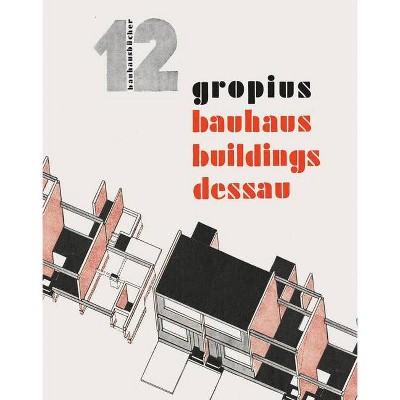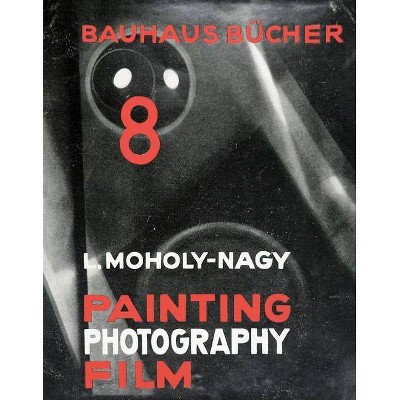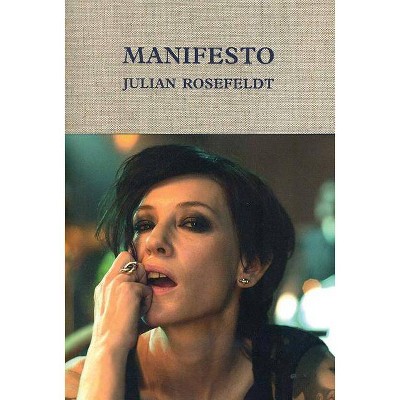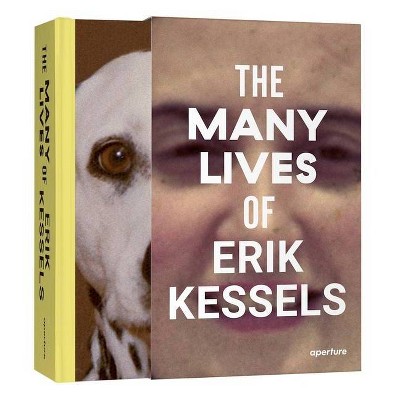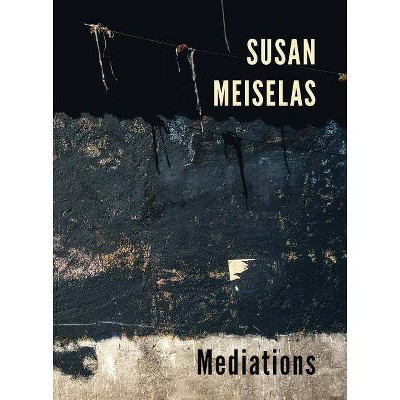Laszlo Moholy-Nagy, 6 - (Phillips Collection Book Prize) by Joyce Tsai (Hardcover)

Similar Products
Products of same category from the store
AllProduct info
<p/><br></br><p><b> About the Book </b></p></br></br>"Laszlo Moholy-Nagy is the first monograph on Moholy to attend to the fraught but central role painting played in shaping his aesthetic project. His reputation has been that of an artist far more interested in exploring the possibilities offered by photography, film, and other new media than in working with what he once called the 'anachronistic' medium of painting. And yet, with the exception of the period between 1928 and 1930, Moholy painted throughout his career. Joyce Tsai argues that his investment in painting, especially after 1930, emerged not only out of pragmatic and aesthetic considerations, but also out of a growing recognition of the economic, political, and ethical compromises required by his large-scale, technologically mediated projects aimed at reforming human vision. Without abandoning his commitment to fostering what he called New Vision, Moholy came to understand painting as a particularly plastic field in which the progressive possibilities of photography, film and other emergent media could find provisional expression."--Provided by publisher.<p/><br></br><p><b> Book Synopsis </b></p></br></br>This provocative book examines crucial philosophical questions László Moholy-Nagy explored in theory and practice throughout his career. Why paint in a photographic age? Why work by hand when technology holds so much promise? The stakes of painting, or not painting, were tied to much larger considerations of the ways art, life, and modernity were linked for Moholy and his avant-garde peers. Joyce Tsai's close analysis reveals how Moholy's experience in exile led to his attempt to recuperate painting, not merely as an artistic medium but as the space where the trace of human touch might survive the catastrophes of war. <i>László Moholy-Nagy: Painting after Photography</i> will significantly reshape our view of the artist's oeuvre, providing a new understanding of cultural modernism and the avant-garde.<p/><br></br><p><b> From the Back Cover </b></p></br></br>"With historical insight and a keen eye, Joyce Tsai escorts us through the period of the interwar avant-garde and presents Moholy-Nagy as a master in the use of industrial materials to create compelling visual effects. Her passion and evocative narrative skillfully reveal the artist's profound quest to synthesize art and life through technology."--Lena Stringari, Deputy Director and Chief Conservator, Solomon R. Guggenheim Museum <p/> "The result of close and sustained looking, this book reimagines a Weimar-era giant we thought we knew. It examines not just Moholy-Nagy's painting practice, but also the interdisciplinary means at his disposal from the World War I battlefield to the Bauhaus and beyond. Tsai, like her subject, challenges stubborn divides between media and notions of artistic and technological progress. An indelible contribution to our understanding of Moholy-Nagy and his legacy and that of the interwar avant-garde."--Lynette Roth, Daimler Curator of the Busch-Reisinger Museum, Harvard Art Museums <p/> "Going far beyond Moholy-Nagy, Tsai takes on nothing less than the greatest clichés associated with the avant-garde, giving much-needed historical traction and conceptual nuance to such matters as the end of painting, heightened sense perception, and the embrace of new technologies. One of the most astute and groundbreaking contributions amid renewed attention to early twentieth-century art, this book is a gift to the field."--Christine Mehring, Professor and Chair, Department of Art History, University of Chicago <p/><p/><br></br><p><b> Review Quotes </b></p></br></br><br>"An excellent study . . . Tsai works chronologically through case studies that variously illuminate the changing terms of Moholy's utopian humanism and its abiding relationship to technology and pedagogical technique."-- "Los Angeles Review of Books"<br><p/><br></br><p><b> About the Author </b></p></br></br><p><b>Joyce Tsai </b>is Curator of Art at the University of Iowa Museum of Art and Clinical Associate Professor of Art Education at the University of Iowa.</p>
Price History
Price Archive shows prices from various stores, lets you see history and find the cheapest. There is no actual sale on the website. For all support, inquiry and suggestion messagescommunication@pricearchive.us



